Photo copyright John Filo
It’s been 40 years since National Guardsmen fired into a crowd of students at Kent State, leaving four dead and nine wounded, yet photographer John Filo, who captured the Pulitzer Prize-winning image above, still remembers it like it was yesterday.
On May 4, 1970, Filo was a 21 year-old photojournalism major out snapping pictures of Vietnam War protesters who had been gathering at the Kent State campus in Ohio, when suddenly the National Guard, there to maintain order after an attack on the school’s ROTC building, began firing at the crowd.
At first Filo thought they were shooting blanks, but soon he realized his life was in grave danger. “I dropped my camera in the realization that it was live ammunition. I don’t know what gave me the combination of innocence and stupidity… I started to flee–run down the hill and stopped myself. ‘Where are you going?’ I said to myself, ‘This is why you are here!’
“I saw a guy pointing his rifle in my direction,” he recalls, “and in a nanosecond it hit a sculpture about 50 feet directly in front of me. The bullet went straight through it and hit a tree about six feet in front of me.
“It was a miracle I did not get hit. People were wounded to the right of me, and Jeff Miller was shot to my left. The crowd was fleeing around me, and I’m standing still, shooting pictures.”
Jeff Miller, the student seen lying face down, was one of the mortally wounded as he dropped mere feet from Filo. And as a young woman, Mary Ann Vecchio, ran over and screamed in horror over Miller’s body, Filo snapped one of the most iconic images of the decade.
The photograph was picked up by the AP wire that night and ran on the front page of newspapers all over the world the following morning. Filo would later be awarded the Pulitzer Prize for the photograph. Many historians now consider the image instrumental in turning the public’s sentiment against the war in Vietnam.
“It’s part of history, a bookmark to the decade,” Filo said of the photograph. “It means different things to different people; there’s so much emotional stuff people bring to the picture — on how they viewed the protests. At first, you internalize what happened that day, and the helplessness. But then you realize you’re not alone, and others felt the same way.”

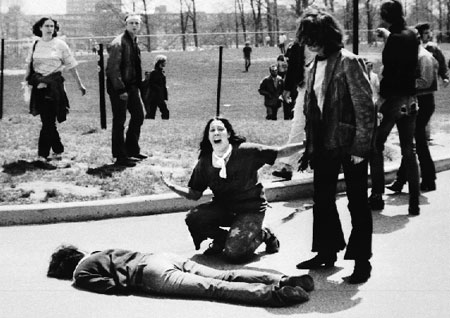
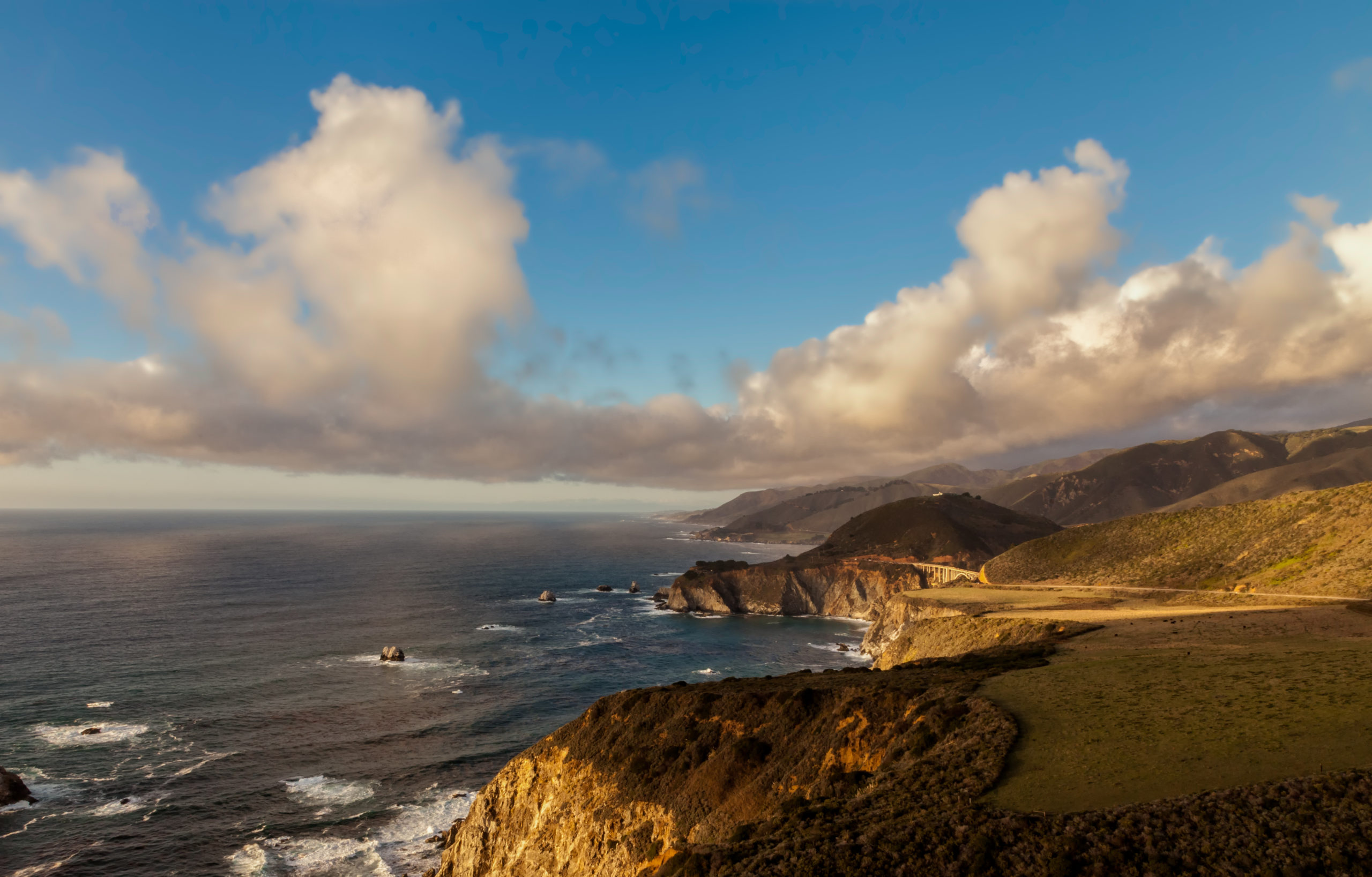
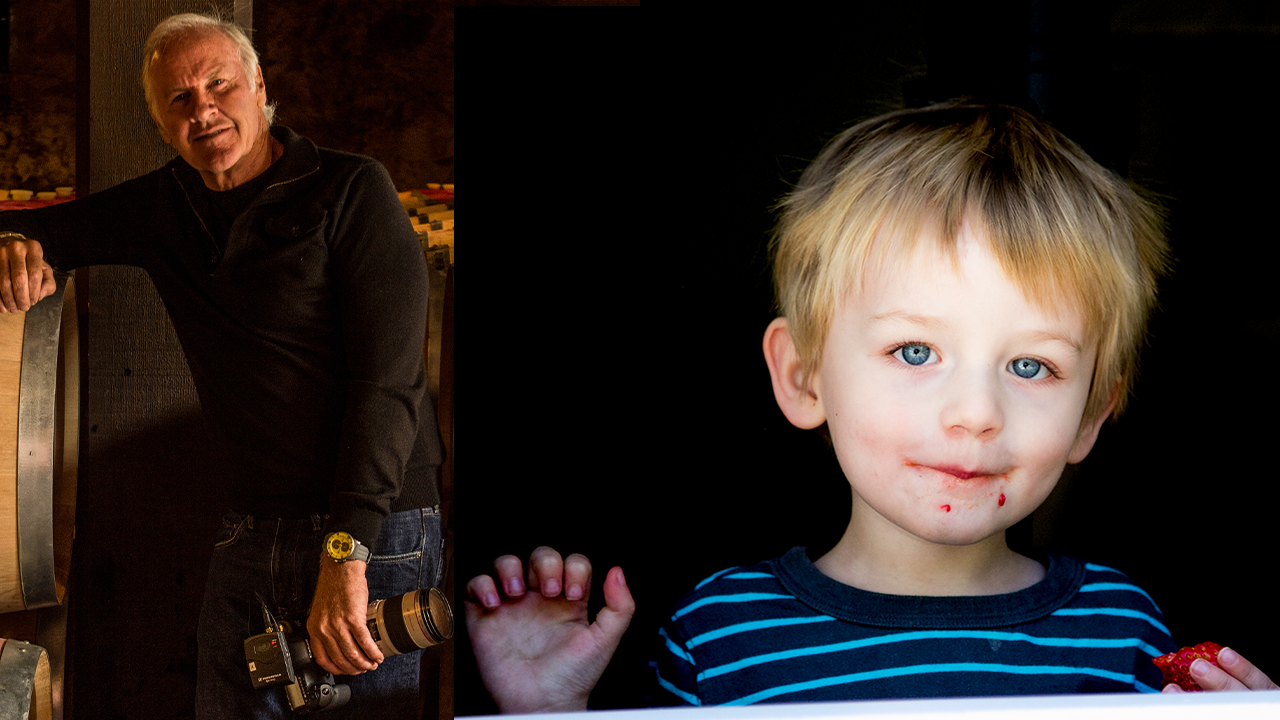
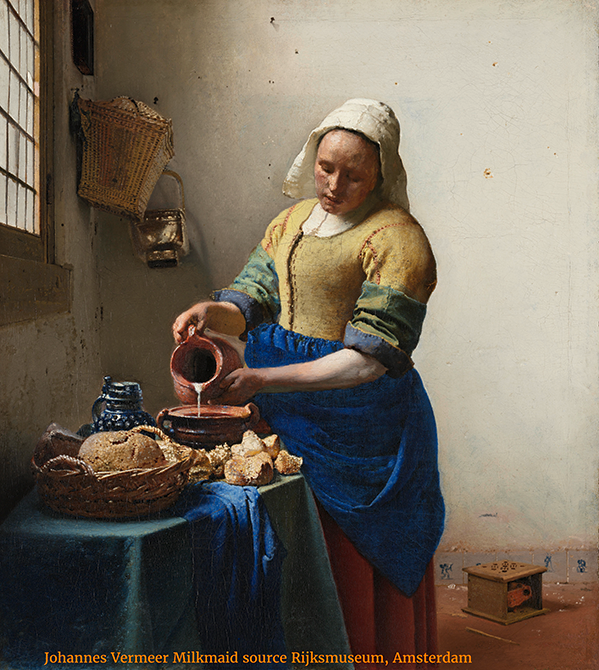
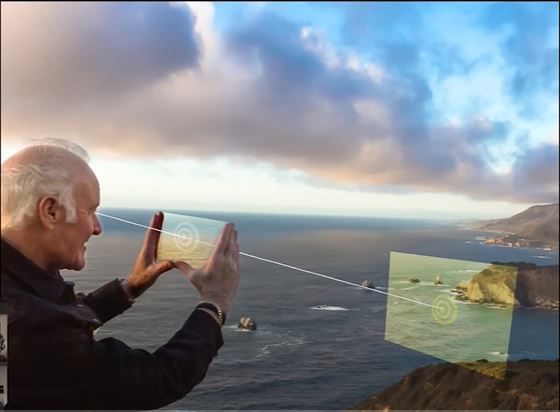

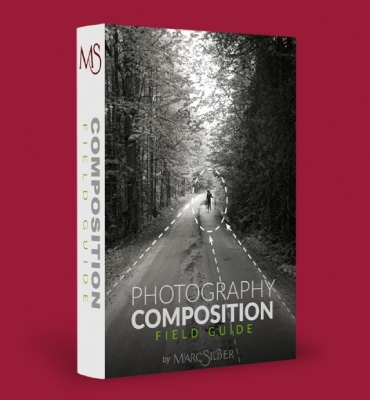
[…] wa 40 years ago today that photojouranlist John Filo took this pulitzer prize winning photo. Click here to read […]
[…] wa 40 years ago today that photojouranlist John Filo took this pulitzer prize winning photo. Click here to read […]
Photography at its best even at our worst.
Photography at its best even at our worst.